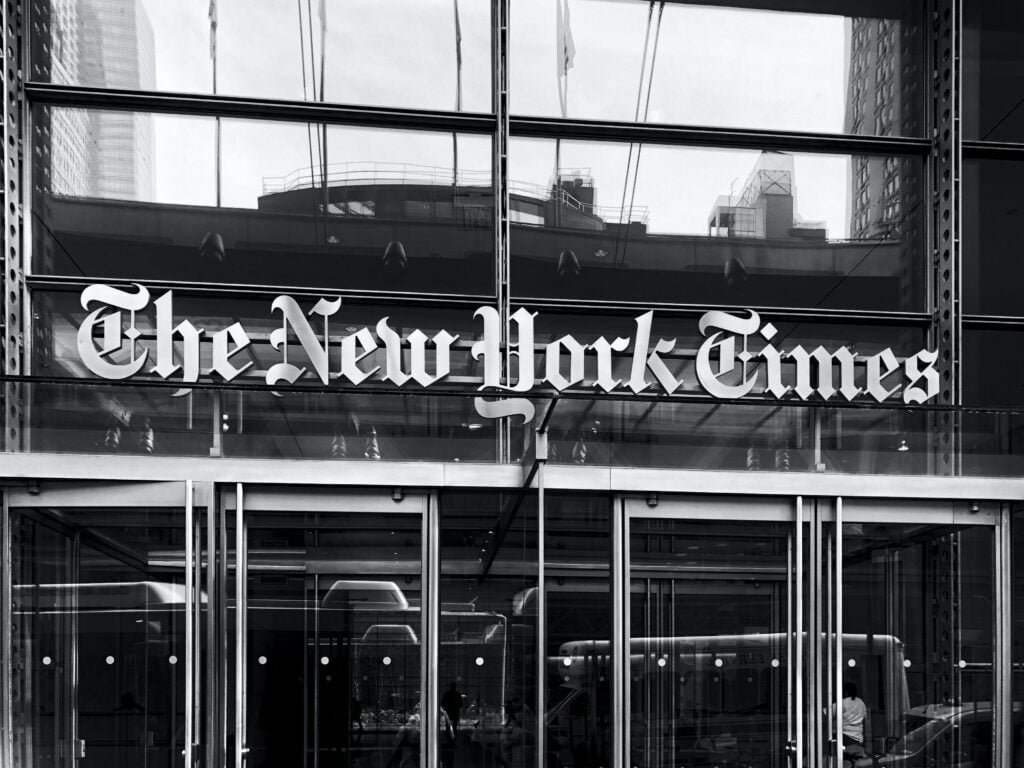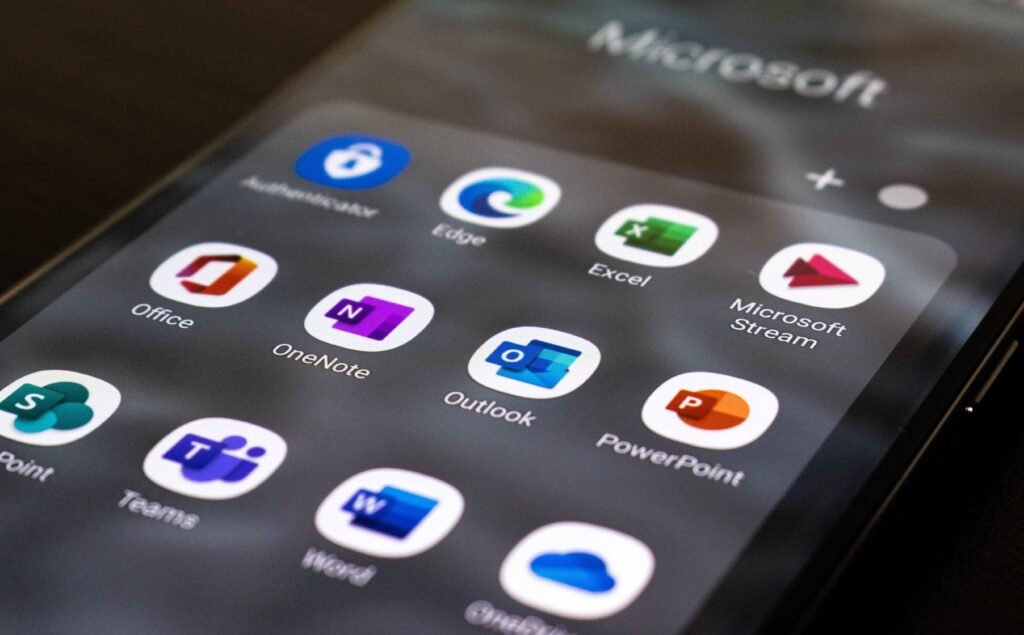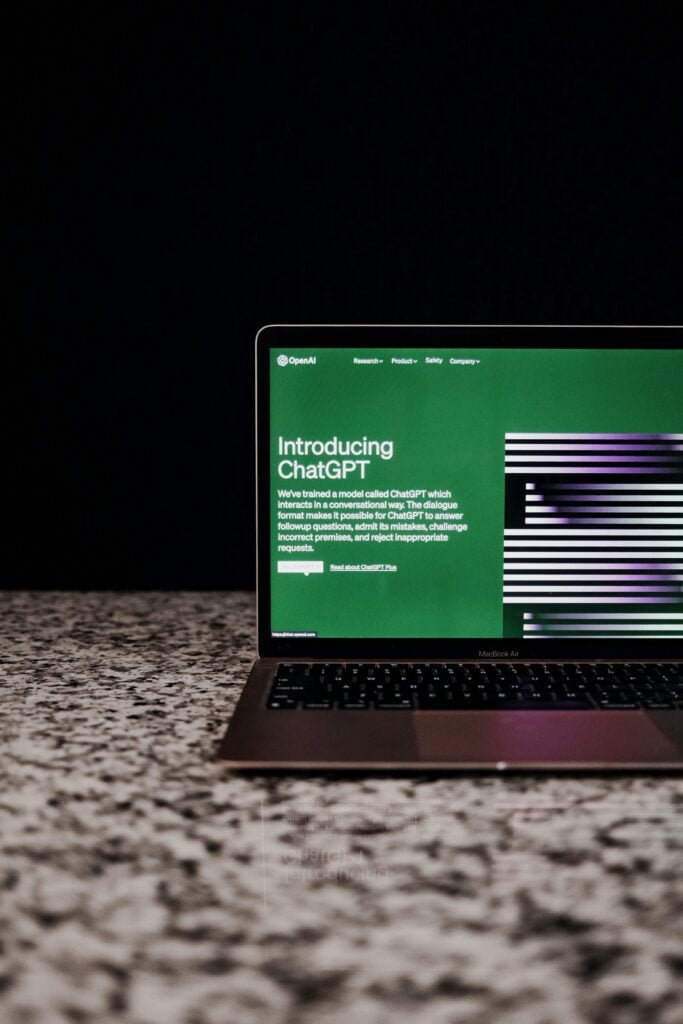
The world of technology and media has been shaken by a groundbreaking lawsuit that has pitted two giants against each. A prominent and powerful news outlet, The New York Times, has chosen to sue Microsoft and Open AI on grounds of copyright infringement. This article attempts to explore the complexities of the case, looking at the importance of The New York Times’s legal action and the roles that Microsoft and Open AI played.
Table of Contents
Introduction
The New York Times sue Open AI and Microsoft for infringement, this case is filed in Federal District in Manhattan, on Wednesday saying that there are millions of articles published by the NYT are used by Microsoft and Open AI to train their AI database as the source of information NYT did not demand any money in this case but want to make Microsoft and Open AI to responsible for this billion dollar information given as free to these bots.
The alleged unauthorized use of New York Times content by Microsoft

Identifying instances of copyright infringement
The New York Times has accused Microsoft of utilizing its content without proper authorization. Instances of copyright infringement have been identified where Microsoft, through its various platforms and products, has allegedly reproduced and distributed New York Times articles and other copyrighted material without seeking permission or obtaining the necessary licenses. The New York Times’s intellectual property rights have been violated by this.
In the first place, it compromises the credibility and integrity of The New York Times’ journalism by reducing the uniqueness of its content by making it accessible through other channels.. Additionally, the financial repercussions cannot be overlooked, as the unauthorized reproduction and distribution of content strip The New York Times of potential revenue from licensing agreements and subscriptions.

The alleged involvement of Open AI in copyright infringement
Unveiling Open AI’s role in the unauthorized use of content
The New York Times’ copyright infringement claims also include Open AI, a pioneering firm at the forefront of artificial intelligence research. It is alleged that Open AI has utilized and repurposed New York Times content without obtaining proper authorization or licenses, using it within their machine learning models and language generation technology.
Analyzing the extent of the infringement and its consequences
The extent of the alleged infringement by Open AI is yet to be fully determined. If confirmed, nevertheless, this presents serious issues with respect to intellectual property rights in the field of artificial intelligence. In the first place, it compromises the credibility and integrity of The New York Times’ journalism by reducing the uniqueness of its content by making it accessible through other channels.. Additionally, the financial repercussions cannot be overlooked, as the unauthorized reproduction and distribution of content strip The New York Times of potential revenue from licensing agreements and subscriptions.
The responsibility of Open AI in protecting intellectual property rights
Open AI is a big name in terms of AI bots. As a leading player they should ensure the property rights of the person who is writing those content should be given some credits. Now they found in guilt of copyright case by New York Times their reputation will be suffer and and development will be in question mark.
Summary
Key takeaways from the copyright infringement lawsuit
This copyright lawsuit shows us the importance of intellectual people rights in this AI era. The unauthorized use of this content not only shows us the ethics of these companies but also shows us the concerns of ownership of someone’s hard work.
Implications for The New York Times, Microsoft, and Open AI
The outcome of the lawsuit holds significant implications for all parties involved. For The New York Times, is an opportunity to assert and defend its intellectual property rights while ensuring the integrity of its journalism. Microsoft and Open AI, on the other hand, face potential rational damage and the need to reassess their practices to avoid similar legal entitlements in the future.

FAQs
What is copyright infringement, and how does it apply in this case?
The unapproved use, duplication, or dissemination of content protected by a copyright without the owner’s consent is known as copyright infringement. In this case, both Microsoft and Open AI are alleged to have utilized New York Times content without proper authorization, constituting copyright infringement.
What evidence supports The New York Times’ claims against Microsoft and Open AI?
The New York Times has likely gathered evidence such as documented instances of the unauthorized use of their content, digital trails, and potentially internal communications or agreements that demonstrate the infringement. The strength and validity of this evidence will play a crucial role in the outcome of the lawsuit.
What potential outcomes are expected from the lawsuit?
The potential outcomes of the lawsuit can vary. If the court finds in favor of The New York Times, Microsoft and Open AI may be required to cease the unauthorized use of content, provide compensation for damages, and implement measures to prevent future copyright infringement. However, if the defendants successfully refute the claims, the lawsuit may come to a different conclusion.
How might this case influence copyright laws in the future?
The outcome of this case could have far-reaching implications for copyright laws and intellectual property rights in the digital era. A favorable decision for The New York Times would likely reinforce the importance of protecting content creators and their rights, potentially leading to stricter regulations or increased awareness of copyright infringement in the technology industry.

Pingback: Exploring the Future of Smart Home Design: Innovation